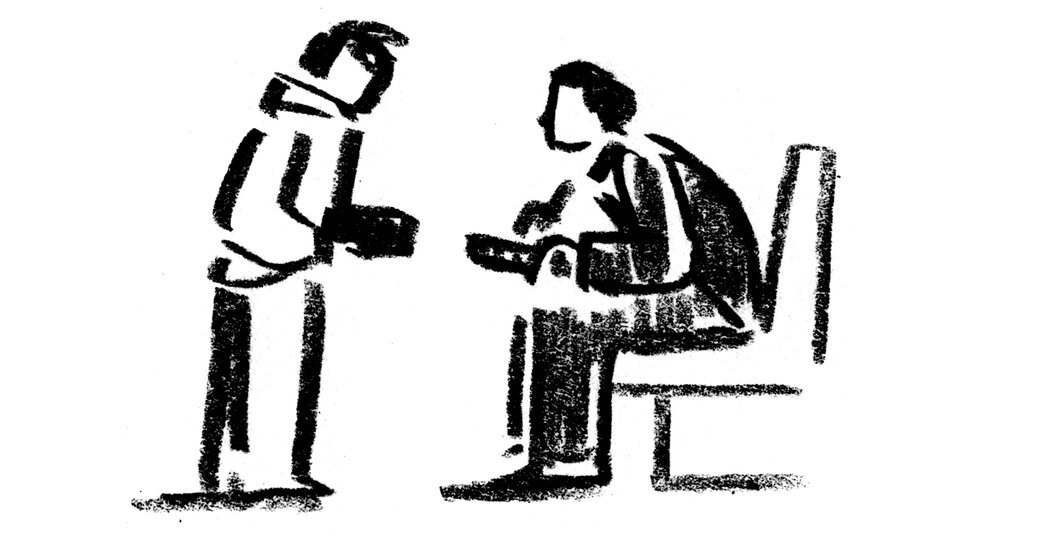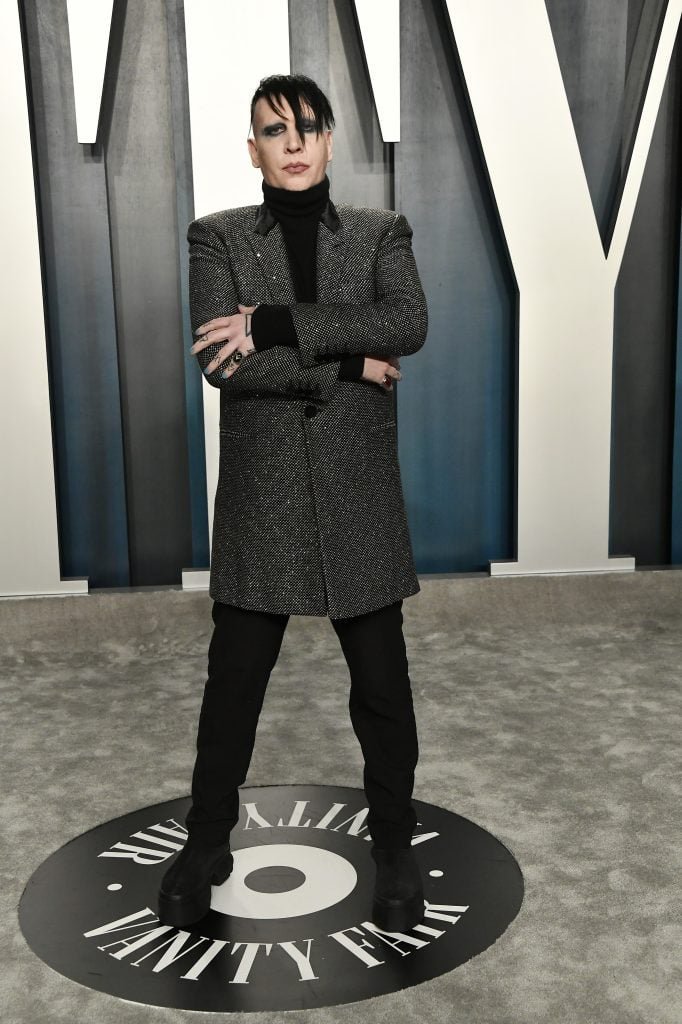Many bystanders fail to act because they don’t know what to do, or they assume someone else will step up. But de-escalating confrontation is easier than most people think.
Many bystanders fail to act because they don’t know what to do, or they assume someone else will step up. But de-escalating confrontation is easier than most people think.
By Courtney Kruk
January 29, 2025 — 7.45pm
Women are used to approaching the public realm with hypervigilance. But what you don’t expect is to have your guard up at 9am on a busy inner-city street.
This week, a friend messaged to say they’d just been harassed on their way to a meeting in South Brisbane. The man, who she described as “a random f—ing dude in his 50s” first yelled at her to “give us a smile”.
“I know it’s hard for yas,” he said, catching up to her on the street. When she turned in confusion, he stopped by her side and continued: “See, that’s exactly what I mean about you people.”

“I literally wasn’t even looking at him at all, and didn’t notice him until he yelled at me,” she wrote.
It’s depressing. Not only that a random man feels compelled to abuse a young woman on a busy street at 9am on a Tuesday, but that he did it in full view of other people who, despite clocking the conflict, passed by like nothing was happening.
Loading
We’ve all done this though, right? It’s a phenomenon known as the bystander effect, where people are less likely to help a victim or intervene in an emergency if they’re in the presence of others.
I did it just last week. A man was shouting abuse at a busy set of traffic lights in the CBD. When I got across the road and took my headphones out, I realised he was yelling at everyone, and that people were collectively ignoring him, probably because he was clearly unwell.
But there are many situations – like the one my friend experienced this week – when a bystander stepping up could make a positive difference. So what’s going on?
Advertisement
Social psychologists Bibb Latané and John Darley were some of the first to try to understand the bystander effect after the 1964 murder of Kitty Genovese in New York City. The 28-year-old was stabbed to death outside her apartment, but while dozens of neighbours heard the attack and her cries for help, it was reported that none intervened.
Latané and Darley found two main factors explain the bystander effect: a perceived “diffusion of responsibility” and pluralistic ignorance.
Diffusion of responsibility suggests that the more people or bystanders there are around, the less personal responsibility an individual feels to act. Pluralistic ignorance describes a kind of collective truth. If everyone around you is ignoring conflict or harassment, you might believe that the situation is not an emergency or doesn’t warrant action.
You might also be scared, embarrassed or worried about your own safety – just as my friend was. “This is the most unsafe I’ve ever felt in Brisbane,” she told me.
Shaan Ross-Smith, a violence prevention advocate and director of The Be There Group, says individuals have more power than they think to become “active bystanders”, whether that’s in the home, a workplace, or on the street. She teaches a program based on four de-escalation techniques: direct, indirect, distract and protocol.
Direct intervention can look like challenging a behaviour as it is happening. You witness a middle-aged man aggressively yelling at a young woman, and you tell him to stop.
Ross-Smith says people often struggle with this approach out of fear of reprisal or that their safety might be compromised. In those instances, indirect action can be effective.
That could involve approaching someone after an incident to ask if they are OK, asking other people to help you confront problematic behaviour, or moving between people involved in a situation. You can also move next to a person being harassed or start a conversation.
“I always say you need to send two messages as a bystander: one is a message of support to the victim, and the other is a message of accountability to the perpetrator,” Ross-Smith says.
I’ve done this before, on a Gold Coast tram. I noticed a man staring at a young woman throughout the journey, but I wasn’t really sure what to do or say. Worried he was going to follow her, I decided I would get off at her stop and, if needed, pretend to be an acquaintance.
Loading
He didn’t follow her, thankfully, so the gesture only played out in my head. But I can think of plenty of times when I’ve frozen instead of thought on my feet. Ross-Smith says distraction is a useful default.
“I will use the distraction technique first, every time,” she says. “Say there’s an altercation happening publicly, I will intervene by saying something like, ‘Sorry to interrupt here, does anyone have the time?’ That’s my go-to – and why I never wear a watch.
“Then once I’m in that space, I could say something like, ‘Oh, sorry to interrupt. Is everything OK here?’ It invites people to a conversation, but it’s non-confrontational.”
I think most bystanders care and want to help, but knowing how is the barrier.
“We always say to people, what a perpetrator chooses to do is not on you. We all have a social responsibility to shift and create the culture that we want to live in,” Ross-Smith says.
Start the day with a summary of the most important and interesting stories, analysis and insights. Sign up for our Morning Edition newsletter.
Courtney Kruk is City Reporter at Brisbane Times, writing about the city and its people.
Loading
Discover more from World Byte News
Subscribe to get the latest posts sent to your email.



